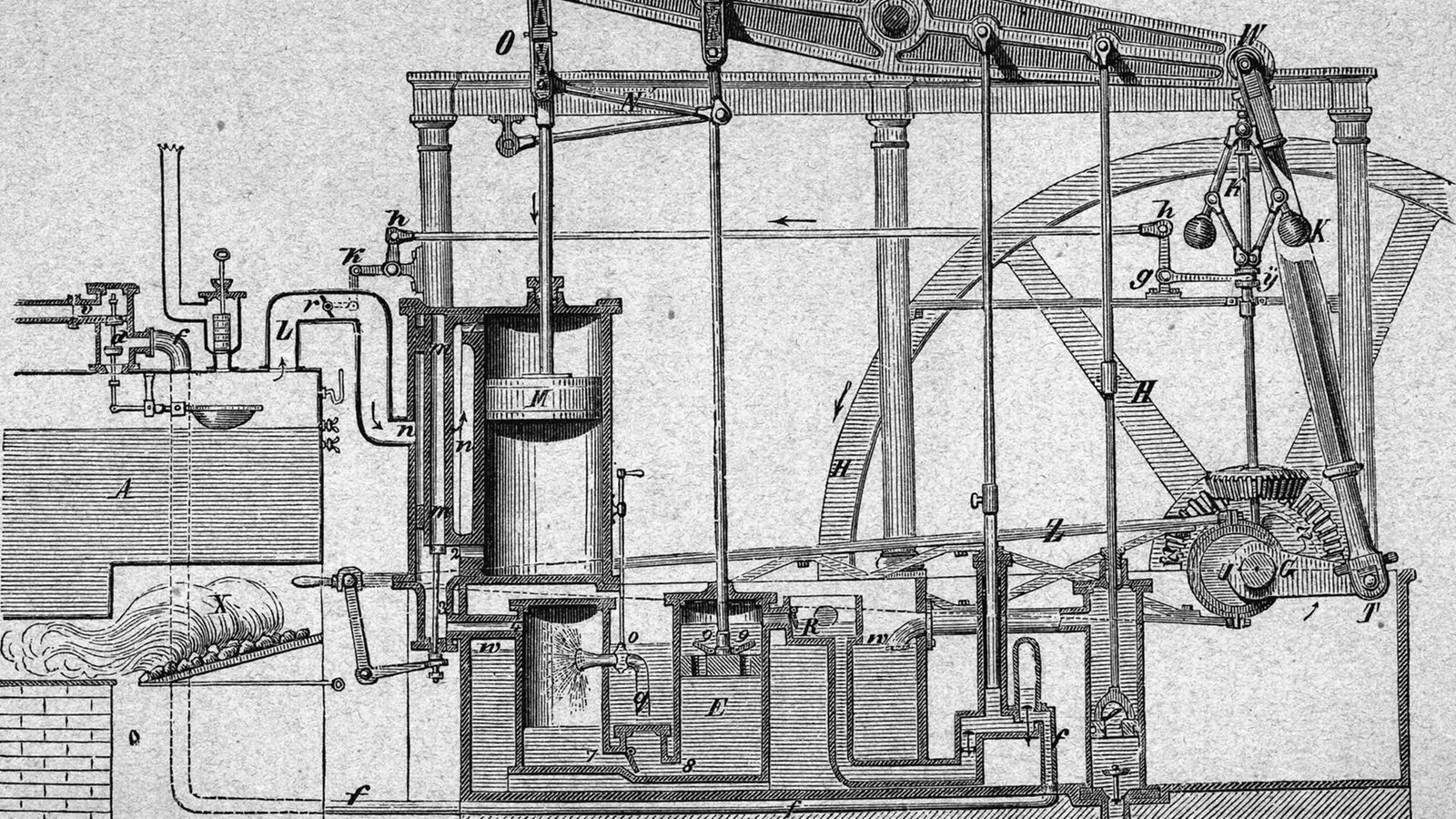
漢德百科全書 | 汉德百科全书

瓦莲京娜·弗拉基米罗芙娜·捷列什科娃(Валенти́на Влади́мировна Терешко́ва,1937年3月6日-)是人类历史上进入太空的第一位女性宇航员。1963年6月16日,她单独乘坐“东方六号”宇宙飞船进入太空。苏联英雄,苏联空军少将,人类历史上进入太空的第一位女性。她还是技术科学副博士,两次被授予列宁勋章;荣获联合国和平金奖,以及世界许多国家授予的高级奖章,是世界上十几个城市的荣誉市民;月球背面的一座环形山以她的名字命名。目前捷列什科娃还在继续积极地从事社会活动,希望能参加火星探险。
Walentina Wladimirowna Tereschkowa (russisch Валентина Владимировна Терешкова, wissenschaftliche Transliteration Valentina Vladimirovna Tereškova Ausspracheⓘ/?, verheiratet Walentina Tereschkowa-Nikolajewa; * 6. März 1937 in Maslennikowo bei Tutajew, Oblast Jaroslawl, Russische SFSR) ist eine ehemalige sowjetische Kosmonautin. Sie war im Jahre 1963 die erste Frau im Weltraum (bis zum Raumflug von Swetlana Sawizkaja im Jahre 1982 auch die einzige) und ist die einzige Frau in der Raumfahrtgeschichte, die allein, also auf einer Solo-Mission, flog.



 Science and technology
Science and technology

 Science and technology
Science and technology
 The first industrial revolution and its leaders and followers
The first industrial revolution and its leaders and followers

瓦特蒸汽机(Watt steam engine),又称博尔顿-瓦特蒸汽机(Boulton and Watt steam engine),是一种由詹姆斯·瓦特设计的早期蒸汽机,是工业革命的推动力之一。詹姆斯·瓦特在1763年至1775年期间,在马修·博尔顿的支持下,零星地展开设计。
与早期其他人设计的蒸汽机(如纽可门蒸汽机)相比,瓦特设计的蒸汽机节省了更多的燃料。1776年,瓦特设计的蒸汽机开始商业化,此后瓦特持续改进自己设计的蒸汽机。
过了很多年后,新的设计才开始逐步取代瓦特设计的蒸汽机[1]。
The Watt steam engine design became synonymous with steam engines, and it was many years before significantly new designs began to replace the basic Watt design.
The first steam engines, introduced by Thomas Newcomen in 1712, were of the "atmospheric" design. At the end of the power stroke, the weight of the object being moved by the engine pulled the piston to the top of the cylinder as steam was introduced. Then the cylinder was cooled by a spray of water, which caused the steam to condense, forming a partial vacuum in the cylinder. Atmospheric pressure on the top of the piston pushed it down, lifting the work object. James Watt noticed that it required significant amounts of heat to warm the cylinder back up to the point where steam could enter the cylinder without immediately condensing. When the cylinder was warm enough that it became filled with steam the next power stroke could commence.
Watt realised that the heat needed to warm the cylinder could be saved by adding a separate condensing cylinder. After the power cylinder was filled with steam, a valve was opened to the secondary cylinder, allowing the steam to flow into it and be condensed, which drew the steam from the main cylinder causing the power stroke. The condensing cylinder was water cooled to keep the steam condensing. At the end of the power stroke, the valve was closed so the power cylinder could be filled with steam as the piston moved to the top. The result was the same cycle as Newcomen's design, but without any cooling of the power cylinder which was immediately ready for another stroke.
Watt worked on the design over a period of several years, introducing the condenser, and introducing improvements to practically every part of the design. Notably, Watt performed a lengthy series of trials on ways to seal the piston in the cylinder, which considerably reduced leakage during the power stroke, preventing power loss. All of these changes produced a more reliable design which used half as much coal to produce the same amount of power.[1]
The new design was introduced commercially in 1776, with the first example sold to the Carron Company ironworks. Watt continued working to improve the engine, and in 1781 introduced a system using a sun and planet gear to turn the linear motion of the engines into rotary motion. This made it useful not only in the original pumping role, but also as a direct replacement in roles where a water wheel would have been used previously. This was a key moment in the industrial revolution, since power sources could now be located anywhere instead of, as previously, needing a suitable water source and topography. Watt's partner Matthew Boulton began developing a multitude of machines that made use of this rotary power, developing the first modern industrialized factory, the Soho Foundry, which in turn produced new steam engine designs. Watt's early engines were like the original Newcomen designs in that they used low-pressure steam, and all of the power was produced by atmospheric pressure. When, in the early 1800s, other companies introduced high-pressure steam engines, Watt was reluctant to follow suit due to safety concerns.[2] Wanting to improve on the performance of his engines, Watt began considering the use of higher-pressure steam, as well as designs using multiple cylinders in both the double-acting concept and the multiple-expansion concept. These double-acting engines required the invention of the parallel motion, which allowed the piston rods of the individual cylinders to move in straight lines, keeping the piston true in the cylinder, while the walking beam end moved through an arc, somewhat analogous to a crosshead in later steam engines.


万历朝鲜之役是1592年至1598年(大明万历二十年至二十六年;日本文禄元年至庆长三年)间,大明、朝鲜国与日本(丰臣政权)之间爆发的两次战争,也是明朝万历三大征之一。明朝为抗倭援朝,先后两次派遣军队进入朝鲜半岛,与日军作战。朝鲜王朝方面称壬辰倭乱(韩语:임진왜란)以及丁酉再乱(韩语)(韩语:정유재란),日本方面称文禄庆长之役(日语:文禄・慶長の役)。
1591年(壬辰年),日本太阁(卸任关白)丰臣秀吉以“假道入唐”(唐,代指中国)为名义,致函朝鲜国王宣祖李昖,表示欲于次年春借道朝鲜转进攻明朝之托词,要求请予协助。在久未获答复,丰臣秀吉于1592年突然派兵入侵,致朝鲜节节败退,并促其转向宗主国明朝求援。明朝随后派兵入朝支援。此场战役祸及朝鲜半岛全境,其间曾于1593年议和并休战,但1597年(丁酉年)再度爆发战事。后期战役双方陷入胶着,最后由于丰臣秀吉的病逝,日军于1598年从朝鲜全面撤退,这场日本占领朝鲜并以之为跳板进攻明朝的行动最终失败。

Die Bandung-Staaten waren eine lockere Verbindung zwischen asiatischen und afrikanischen Staaten, die das Ende des Kolonialismus, den Kampf gegen die Rassendiskriminierung und die kulturelle und wirtschaftliche Zusammenarbeit zum Ziel hatten.
Nach vorbereitenden Konferenzen in Colombo und Bogor im Jahr 1954 wurde die erste Afro-Asiatische Konferenz vom 18. bis zum 24. April 1955 in Bandung (Indonesien) durchgeführt. Vertreten waren 23 asiatische und 6 afrikanische Länder, die zusammen mehr als die Hälfte der Weltbevölkerung ausmachten, jedoch nicht die Sowjetunion. Nicht eingeladen waren Südafrika, Israel, Taiwan, Süd- und Nordkorea. Eine bedeutende Rolle spielte China, das die Konferenz benutzte, um die Beziehungen zu anderen asiatischen Staaten zu verstärken.[1] Auf dieser Konferenz entwickelten die teilnehmenden Staaten zum ersten Mal offiziell die Selbstbezeichnung Dritte Welt als Abgrenzung gegenüber der Ersten (Westblock), beziehungsweise der Zweiten Welt (Ostblock) und als Synonym der Blockfreien-Bewegung.

王明(1904年5月23日—1974年3月27日),原名陈绍禹(一说陈绍玉[1]),字露清,笔名韶玉、慕石、兆雨、诏玉、绍玉、玉石等,曾化名泰山、风康、石绍禹、绍虞等,俄译化名马马维奇、波波维奇、克劳白夫等[2]:857,安徽金寨县双石乡(现属安徽六安市)码头村人,中国共产党早期领导人之一,曾任中国共产党中央委员会代理总书记[3]。
王明1925年加入中国共产党后,前往莫斯科中山大学学习,1929年回国。1930年以反对“立三路线”“调和主义”为名,反对中共六届三中全会以后的中央,提出左倾政治纲领。在1931年1月的中共六届四中全会上在苏联支持下夺取了中央领导权,出任中共中央代总书记,实际成为中共中央主要负责人。1931年11月,到莫斯科担任中共驻共产国际代表,继续遥控中共。1937年回国,任中共中央书记处书记、中央长江局书记、中共中央统战部部长。延安整风后,王明为首的国际派在党内失势。中华人民共和国成立后,曾任政务院法制委员会主任。1956年,他去苏联就医,后留居苏联,直至1974年3月27日病逝,终年69岁。
Wang Ming (chinesisch: 王明; Pinyin: Wáng Míng; * 23. Mai 1904 in Jinzhai, Anhui; † 27. März 1974 in Moskau) war ein Führer der Kommunistischen Partei Chinas (KPCh) sowie der Kopf der Gruppe der 28 Bolschewiki. Sein Geburtsname war Chen Shaoyu (陳紹禹). Wang Ming war sein Pseudonym, unter dem er bekannt wurde.

Wang Fuzhi, auch genannt Wang Chuanshan, synthetisierte die chinesischen einfachen Ideen des Materialismus. Er zählt zusammen mit Huang Zongxi und Gu Yanwu zu den drei großen Denkern der ausgehenden Ming- und beginnenden Qing-Zeit. Wang Fuzhi lebte in seinen späten Jahren in Shichuanshan des Hengshan Gebirges in Hunan, wo er Bücher verfasste und Theorien aufstellte, weshalb er der „Lehrer von Chuanshan“ genannt wurde. Wang Fuzhi verfasste in seinem Leben zahlreiche Bücher, von denen die „Du Tongjian Lun“ (Kritik an „Zusammengefasster Spiegel als Hilfe für die Regierung“) und „Songlun“ (Kritik an der Literatur der Song-Dynastie) die bekanntesten sind.



维多利亚式建筑(英语:Victorian architecture)指19世纪中期和后期的维多利亚时代所建造的建筑。最典型的维多利亚时代建筑为哥特复兴式建筑,但这一时代英格兰文艺复兴式建筑等其他建筑样式也很常见。维多利亚时代建筑虽然是在传统建筑的基础上发展起来的,但由于19世纪钢铁工业的发展,这些建筑开始使用钢铁构架[1]。由于大英帝国的强势,这一建筑风格传播到了美国、加拿大、澳大利亚和香港等英国殖民地。
Diese Bezeichnung umfasst:
- Romantische Periode (1820–1880)
- Neoklassizismus, vergleiche Klassizismus
- Neugotik
- Italianate-Stil
- Im engeren Sinne (1860–1900)
- Second Empire
- Stick Style
- Queen-Anne-Stil
- Shingle Style
- Richardsonian Romanesque, Romanesque Revival (schließt das Richardsonian-Revival mit ein)
- Folk Victorian
- Sonstige
- Edwardianische Architektur (britische Neobarock-Architektur der Edwardianischen Epoche und Nachfolger der Viktorianischen Architektur)
- Renaissance Revival, vergleiche Neorenaissance
- Jakobethanische Architektur (Vorläufer des Queen-Anne-Stils)
- Scottish Baronial
- die britische Arts-and-Crafts-Bewegung
- Painted Ladies
- Neo-Grec
 History
History


 Aerospace
Aerospace
 Royalty
Royalty
 Review
Review



 Military, defense and equipment
Military, defense and equipment
 Financial
Financial
 Historical coins, banknotes
Historical coins, banknotes
 Architecture
Architecture